-
 Rings, from Antiquity through the Renaissance
Rings, from Antiquity through the Renaissance
About Rings
Decorative finger-rings are known already in the Ancient world as early as 2,500 B.C., discovered in tombs in Ur in the Near East. Today, the fashion for finger-rings endures, drawing on many traditions that date back at least to the Middle Ages. The magical allure of finger-rings is surrounded by a lore developed over more than four millennia.
Learn more -
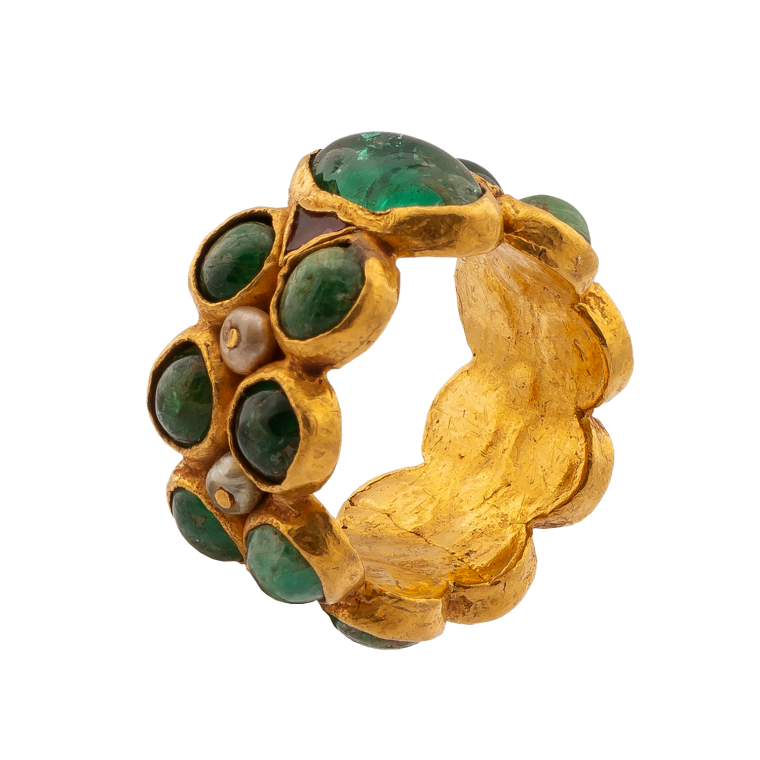 Rings, from Antiquity through the Renaissance
Rings, from Antiquity through the Renaissance
Ancient Rings
The term “ancient” can include everything from Egypt to Etruscan and Phoenician to Greece, literally thousands of years of history. Here we are concerned primarily with Hellenistic and Imperial Rome.
Learn more -
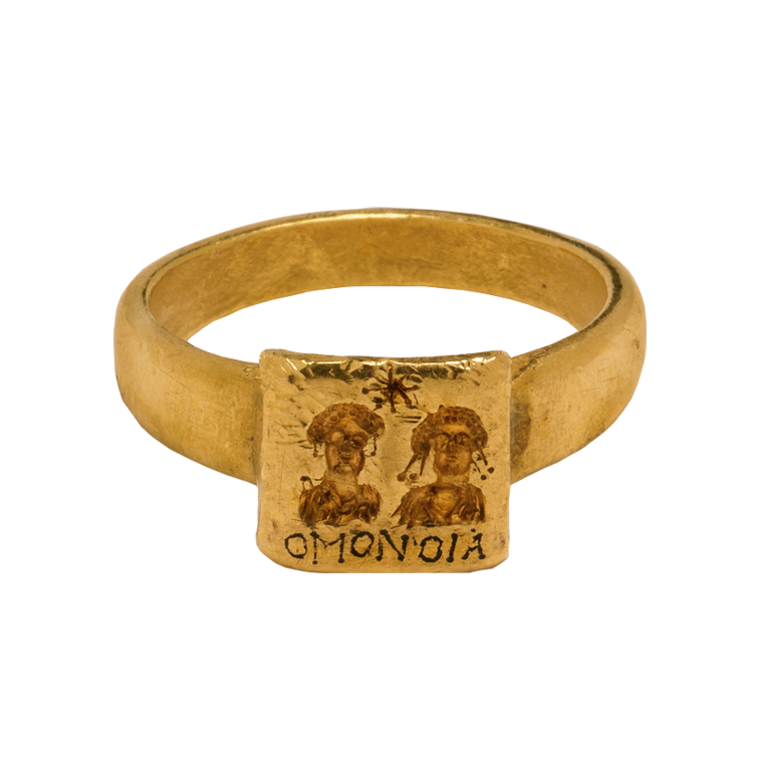 Rings, from Antiquity through the Renaissance
Rings, from Antiquity through the Renaissance
Byzantine and Early Christian Rings
The types of rings from this period include examples with nominative inscriptions or plain gold monograms for sealing, marriage and betrothal rings, devotional and religious rings, and decorative rings. Some marriage and fidelity rings are expressly related to the formal institution of marriage and its vows.
Learn more
-
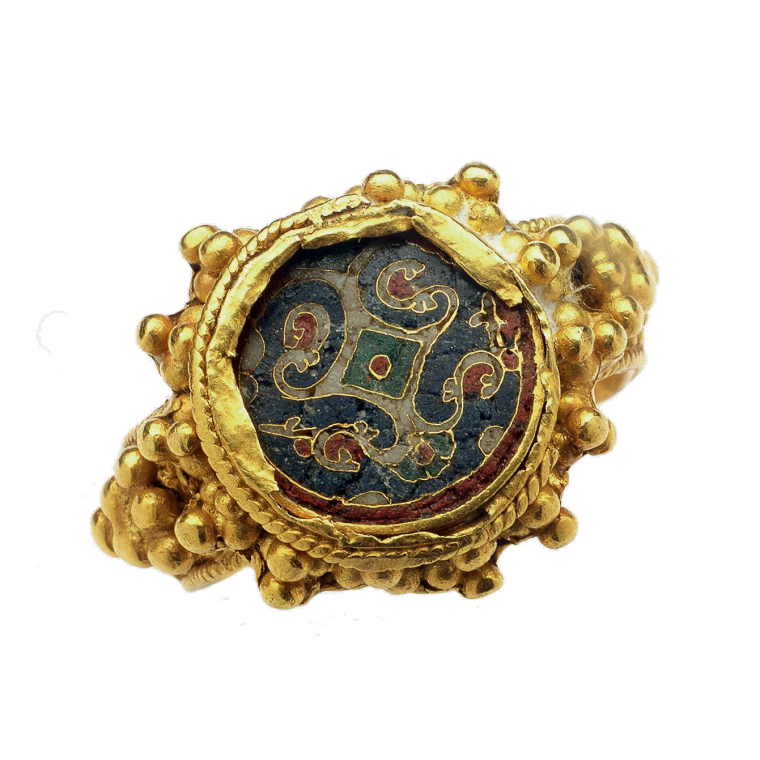 Rings, from Antiquity through the Renaissance
Rings, from Antiquity through the Renaissance
Early Medieval
Early Medieval finger-rings, or rings from the so-called Migration era, occupy a class by themselves. Distinctly different from those prevalent in Antiquity, they are also of great rarity most likely because they are products of a chaotic period characterized by invasion not cultural fluorescence.
Learn more -
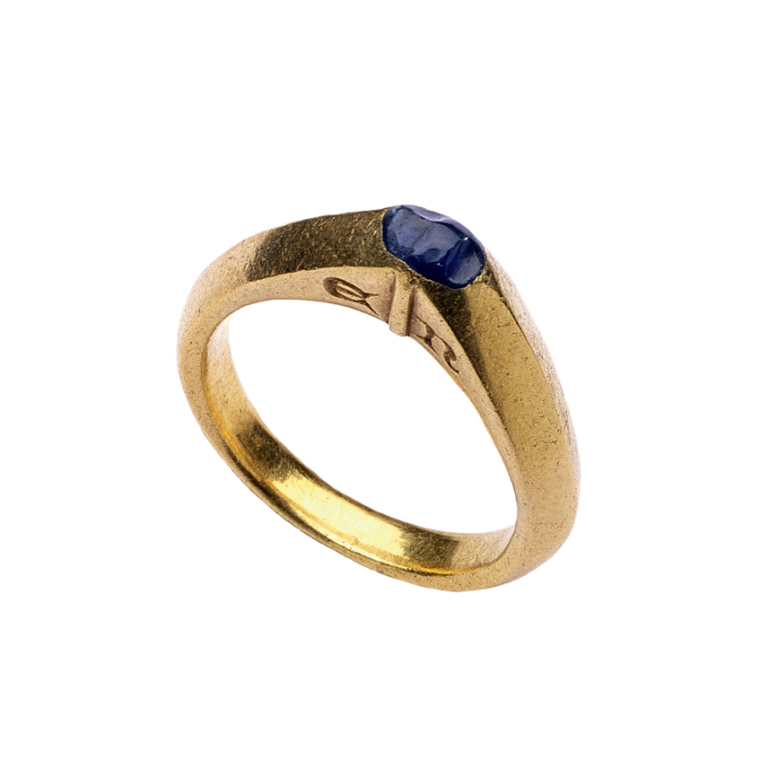 Rings, from Antiquity through the Renaissance
Rings, from Antiquity through the Renaissance
Gothic
Medieval rings are typically set with uncut but polished stones (called cabochons) because the stone itself was considered God's creation, not to be altered artificially by man.
Learn more -
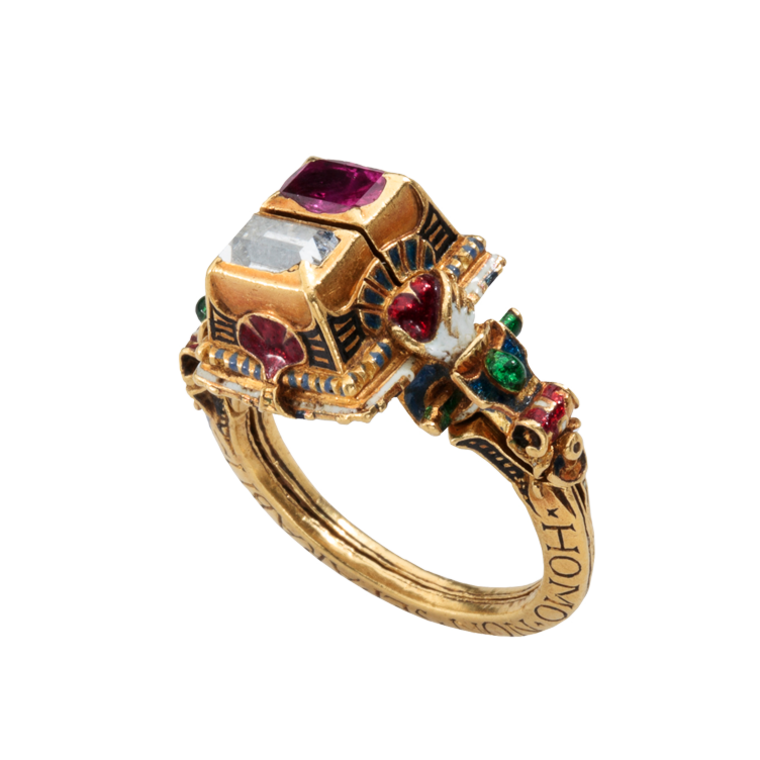 Rings, from Antiquity through the Renaissance
Rings, from Antiquity through the Renaissance
Renaissance and Baroque
In the Renaissance, making rings that would show off best the qualities of the stone became a skill that exercised the virtuosity of cutters, chasers, engravers, enamellers, and goldsmiths sometimes in collaboration.
Learn more
-
 Rings, from Antiquity through the Renaissance
Rings, from Antiquity through the Renaissance
Later
This time span witnesses the emergence of the “archaeological style,” of which the work of Fortunato Pio Castellani in the 1830s to 1860s is a particularly well-known example, one that fits in the Neo-Classical period. We see the flourishing of other styles related to artistic movements in painting, sculpture, and architecture.
Learn more -
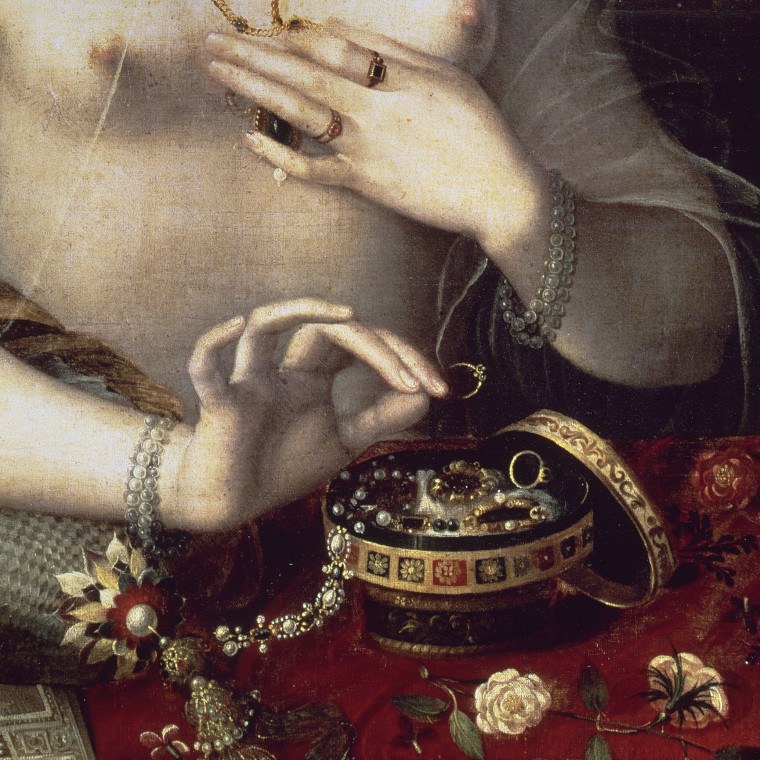 Rings, from Antiquity through the Renaissance
Rings, from Antiquity through the Renaissance
Glossary
Learn more -
 Rings, from Antiquity through the Renaissance
Rings, from Antiquity through the Renaissance
Bibliography
Learn more